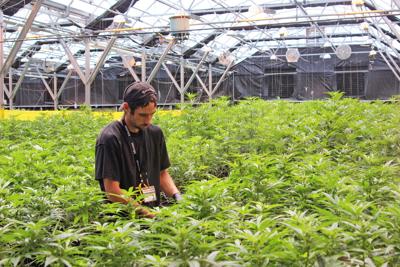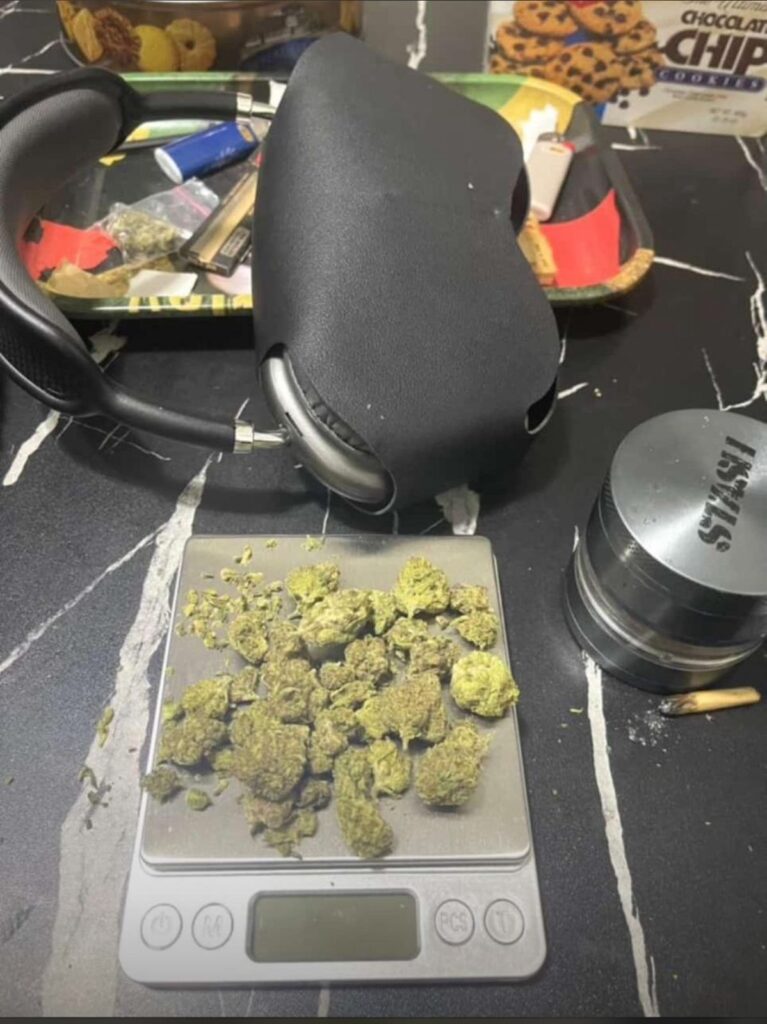Discovering Weed in Sector 3, Bucharest: A Glimpse into the Cannabis Culture in Romania’s Capital

Amidst this dynamic urban landscape, the presence of cannabis, despite being illegal, is an open secret. While the use of cannabis remains prohibited by Romanian law, its consumption and sale continue to be part of the underground social scene, with Sector 3 offering a glimpse into this hidden culture on discover weed in Sector 3.
This article will explore the presence of cannabis in Sector 3, its impact on local society, its legal ramifications, and how residents, especially young people, navigate the ongoing debates surrounding cannabis use and legalization in Romania on discover weed in Sector 3 on discover weed in Sector 3.
The Legal Landscape: Cannabis in Romania
Cannabis is illegal in Romania under the country’s stringent drug laws, which classify the substance as a narcotic. The Romanian Criminal Code imposes strict penalties for the possession, trafficking, or cultivation of cannabis. Possessing small amounts (under 10 grams) of cannabis is a criminal offense that can result in imprisonment for up to three years, while larger amounts or the presence of trafficking evidence leads to much harsher sentences on discover weed in Sector 3.
The law remains firm in its prohibitionist stance, but the reality on the ground is more complex. Cannabis consumption in Sector 3 is part of an evolving subculture, often taking place behind closed doors or in the privacy of homes .
Cannabis Use in Sector 3: A Snapshot of Urban Trends
Among its most notable features are the many educational institutions, including schools, universities, and vocational centers. The student population in Sector 3 is large, and it’s no secret that cannabis use is prevalent among this demographic.
Cannabis consumption in Sector 3 is typically confined to private spaces such as apartments, university dorms, or small gatherings. It is often used at parties, music festivals, or in intimate settings where privacy can be maintained.
The social scene in Sector 3, which boasts many cafes, bars, and parks, is also part of the cannabis subculture.
While cannabis consumption is more common among young adults and students, people from various age groups in Sector 3 are part of this underground culture. The desire to unwind or experiment with cannabis is not limited to any specific demographic but cuts across social classes and professions.
The Underground Cannabis Market in Sector 3
As cannabis remains illegal in Romania, an underground market for the drug has emerged in cities like Bucharest. Sector 3, with its young and vibrant population, is no exception.
Cannabis is often sourced from neighboring countries where drug laws are less strict or from local producers.
Local cannabis dealers often target the student population, offering smaller quantities of the drug for personal use, although the sale of larger amounts can also be found in the area.
In addition to the regular dealers, some individuals grow cannabis plants discreetly in their homes, although cultivation is also illegal.
Social and Health Implications of Cannabis Use in Sector 3
The widespread use of cannabis in Sector 3 brings with it both social and health-related consequences. From a social perspective, cannabis use in Romania, including in Sector 3, can be a source of stigma. Many people view cannabis users as outliers or “rebels,” and the drug’s illegal status only exacerbates these perceptions. As a result, users are often forced to hide their consumption, whether from their families, peers, or employers.
Despite the social stigma, attitudes toward cannabis are gradually evolving. With a younger and more open-minded population, there is growing support for the decriminalization or even legalization of cannabis. In cities like Bucharest, the topic of cannabis legalization is frequently debated in academic, political, and social circles.
Studies have shown that regular cannabis use can affect memory, learning, and motivation, especially in younger individuals. It can also exacerbate mental health issues, particularly in those predisposed to anxiety, depression, or psychosis.
For young people in Sector 3, who are navigating academic pressures and social challenges, these health risks are important considerations. Additionally, because cannabis is often obtained from illegal sources, there is the added danger of purchasing contaminated products, which could have more severe consequences for users’ health.
The Debate on Cannabis Legalization in Romania
Cannabis legalization remains a contentious issue in Romania, with strong opinions on both sides. Proponents of legalization argue that it could help modernize the country’s approach to drugs, provide economic benefits, and improve public health by regulating the cannabis market.
Opponents of legalization, however, worry that it could lead to increased cannabis use, particularly among vulnerable groups like young people. There is also concern that legalization could strain public health resources and increase the social costs associated with drug use.
While public opinion is shifting toward greater tolerance, Romania’s political landscape has yet to fully embrace cannabis reform.
Conclusion
Cannabis in Sector 3, Bucharest, is part of a larger underground culture that exists despite the country’s strict drug laws. While the use of cannabis is illegal, it remains widespread, particularly among young people, students, and certain social groups. The cannabis market in Sector 3 is unregulated, and consumers often face risks related to product quality and legal consequences.
As Romania continues to grapple with the issue of cannabis legalization, cities like Bucharest will remain focal points for the debate. In Sector 3, as elsewhere, young people are increasingly questioning the status quo and exploring new perspectives on cannabis use, legalization, and public health. Until the laws change, however, cannabis consumption will continue to be a hidden, but persistent, part of life in Romania’s capital.

When it comes to marijuana products, ScentHub offers an extensive selection of some of the highest quality items I’ve come across. I’ve tried a variety of strains, edibles, and concentrates, and the quality has consistently been outstanding. The flowers are always fresh, fragrant, and potent. I’ve had the chance to try both Sativa and Indica strains, and the effects have been exactly as described. Contact them on email: Scenthub43@gmail.com and also there Telegram : t.me/Scenthub43
Wow they have an option for me. The variety in their selection means that no matter my experience level, I’ll find a product that fits my needs. highly recommended .
I can say without hesitation that ScentHub has earned my loyalty. From the quality of the products to the exceptional customer service.

I’ve had a number of experiences where edible products don’t quite deliver the promised effects or leave an unpleasant aftertaste, but that’s not the case with ScentHub. The gummies, chocolates, and drinks I’ve tried have all been potent, flavorful, and consistently effective. The packaging is also informative, making it easy to understand the dosage and what to expect from each edible, Thank you !!!
They also don’t pressure you into buying anything you’re not ready for, which is a huge relief. It feels more like a conversation with a trusted friend rather than a hard sell. highly recommended!!